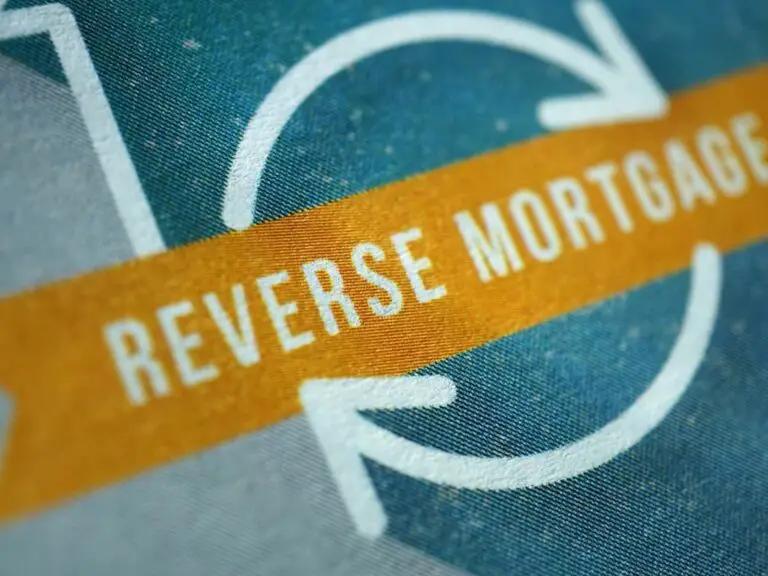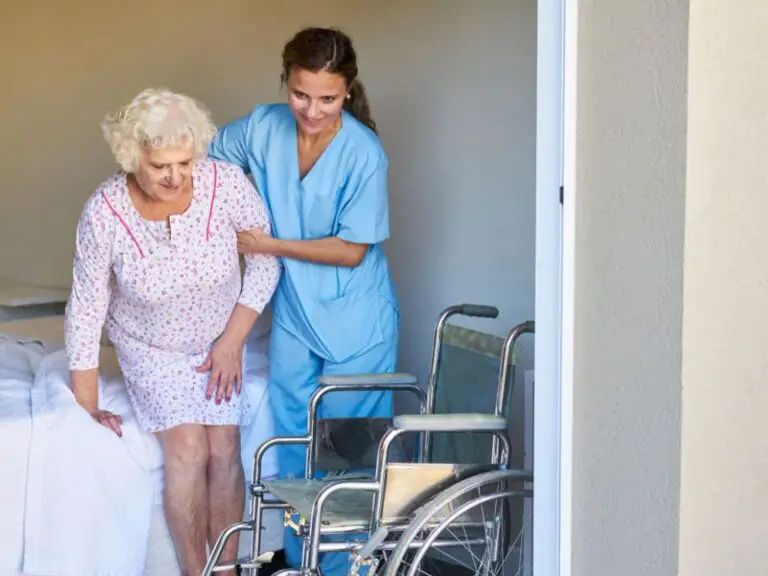Is 76 Considered Old?
Old age is a stage of life that is often associated with retirement, declining health, and increased dependence. However, old age is not defined by chronological years alone. It is a complex concept that is perceived and experienced differently across cultures and individuals.
Is 76 considered old? 76 is generally considered old in many cultures, primarily due to societal associations with retirement, declining health, and increased dependence. However, the perception of old age varies across different societies and individuals, and it extends beyond mere numerical age, factoring in aspects like physical condition, cognitive status, and social changes. It’s also important to note that medical advancements and healthier lifestyles are enabling people to live longer, more fulfilling lives well into their 70s and beyond.
With medical advancements enabling people to live longer lives, old age starts later than ever before. But even in today’s world, 76 years old is typically considered elderly. At this age, most people exhibit at least some of the physical, cognitive, and social changes commonly associated with old age.
While aging poses various challenges, old age also holds opportunities for reflection, leisure, and new pursuits. With proper resources and services, people in their 70s and beyond can continue to live healthy, meaningful, and fulfilling lives.

The average life expectancy in different countries
Life expectancy varies significantly across the globe. According to the World Health Organization, the worldwide average life expectancy is 72.6 years. However, there are major differences between countries:
- Japan has the highest life expectancy at 84.7 years.
- The United States ranks 43rd globally, with an average life expectancy of 79.3 years.
- Many African countries such as Chad, Central African Republic, and Lesotho have life expectancies under 65 years.
Table 1. Life Expectancy in Select Countries
| Country | Life Expectancy |
|---|---|
| Japan | 84.7 years |
| Italy | 84.4 years |
| Switzerland | 84.3 years |
| Israel | 83.9 years |
| Canada | 83.5 years |
| United Kingdom | 82.9 years |
| United States | 79.3 years |
| Russia | 73.2 years |
| India | 70.4 years |
| Chad | 54.2 years |
The gap in life expectancy is largely attributed to differences in:
- Economic development
- Access to quality healthcare
- Lifestyle factors like diet and exercise
- Disease prevalence and environmental risks
As nations become wealthier and invest more in health systems, life expectancy tends to increase.
The factors that contribute to longevity
While genetics play a role, various lifestyle factors and social determinants influence longevity and healthspan. Key factors that promote living beyond 75 in good health include:
- Regular exercise – Being physically active reduces risk of chronic diseases and improves strength and balance.
- Healthy diet – Nutritious foods like vegetables, fruits and whole grains maintain health.
- Active social life – Social interaction and close relationships are associated with better wellbeing.
- Stress management – Finding healthy coping mechanisms lowers susceptibility to anxiety and depression.
- Cognitive stimulation – Challenging the mind with puzzles, games or education improves cognitive reserve.
- Purpose and meaning – Having a sense of purpose and meaning in life offers fulfilment.
- Screenings and preventive care – Preventive services like cancer screenings increase early detection.
- Financial security – Adequate income reduces stress and increases access to healthcare.
Modifiable lifestyle factors play a significant role in aging well. But community and social supports are also crucial for meeting needs in older adulthood.
The resources and services that are available to help older adults
To help seniors maintain independence and quality of life, many resources exist:
- Social services like meals on wheels provide nutritional support.
- Home healthcare aides assist with activities of daily living and medication management.
- Transportation services offer rides to appointments and errands.
- Senior centers organize social activities, exercise classes, and educational programs.
- Support groups connect people facing similar challenges.
- Telehealth improves access to medical care.
- Assisted living facilities and nursing homes provide various levels of care.
- Caregiver training programs teach family members how to provide care.
However, paying for long-term care remains a significant financial challenge for many. While Medicare covers short nursing home stays, it does not cover custodial long-term care. Medicaid helps pay for long-term care but requires spending down assets to qualify.
Better support is needed to ensure affordable, dignified care in old age. Creative solutions like multigenerational households and villages that facilitate community living hold promise for the future.
The challenges and opportunities of aging in the 21st century
Thanks to medical advances, 75-85 is the new 65. With life expectancy rising, our cultural understanding and infrastructure must evolve to support this longevity revolution.
Some key opportunities and challenges that aging individuals face today include:
Challenges
- Ageism – Discrimination based on age limits opportunities and quality of life.
- Social isolation – Physical limitations and loss of social circles increases isolation.
- Cognitive decline – Dementia threatens independence and relationships.
- Chronic disease – Managing multiple chronic conditions is physically and emotionally taxing.
- Caregiving needs – Requiring help with daily tasks leads to loss of autonomy.
- Financial insecurity – Insufficient retirement savings makes aging more difficult.
Opportunities
- New life chapters – With longer lives, older adults can reinvent themselves and explore new passions.
- Intergenerational connections – Sharing wisdom and life lessons with younger generations is enriching.
- Advocacy – Older adults can advocate for policy changes that improve quality of life.
- Learning – Many educational opportunities cater to older learners today.
- Travel – Senior travel programs open new cultural experiences.
- Technology – Online communities and assistive devices help seniors stay connected and independent.
While aging poses difficulties, with supportive policies, communities, technologies, and a positive shift in attitudes, the 21st century can be an unprecedented time of opportunity for aging populations worldwide.
Conclusion
At 76 years old, one is certainly considered elderly by today’s standards. But old age is not defined by years alone. Given adequate resources and support, people can continue pursuing fulfilling lives in their 70s, 80s and beyond.
While aging presents both opportunities and challenges, a holistic approach that addresses medical, social, financial, and emotional needs can help all individuals make the most of their longer lifespans.
Frequently Asked Questions
-
Why is my elderly mother so angry all the time?
There are many reasons seniors throw tantrums. It’s often due to personality changes caused by Alzheimer’s and other types of dementia. Some prescription drugs can cause mood swings or irritation by inter-related side effects.
-
Is 76 considered old?
One American researcher discovered that the age at which you can be considered to have reached 70-71 and 73-73 years for women is when you’re old.
-
Why do the elderly get so tired?
Some seniors experience fatigue from side effects of medications and medical treatment. Your aging family member could also be experiencing fatigue from lifestyle choices. Fatigue can be caused by a combination of too little or too much exercise.
-
How do you comfort elderly?
Pay attention, show compassion and offer words of encouragement. An open ear, a sympathetic demeanor and listening can make a big difference in someone’s mood. Encourage them to take care of themselves by exercising, eating healthy, getting enough rest and not putting too much stress on their bodies.
-
What should elderly take for energy?
Oatmeal and whole-grain cereals are high in fiber, which helps you feel fuller longer. These cereals and oatmeal are rich in vitamins, minerals, which should all be considered part of healthy senior eating habits. Fish. Excellent examples of lean protein that boosts energy for older people include seafood and fish.
-
What causes low self-esteem in elderly?
People over 60 who have cognitive or physical problems as a result of age are more likely to feel low self-esteem. This is because they can no longer do tasks on their own. Seniors may feel lost of control and unable to live on their own, such as when they are unable or unable drive.
-
Are naps good for the elderly?
According to a study in the Journal of the American Geriatrics Society, a 30 to 90 minute nap may be beneficial for older adults. However, a longer time than that can cause problems in cognition and the ability to form memories.
-
What age do you start to look old?
The biggest changes in the male and female aging timelines usually occur between the ages of 40-54. It’s possible to see changes as early as your 30s. Droopy skin and smile lines are some of the early signs of ageing. Although these changes are quite noticeable, they are normal.
-
Why do old people stop eating?
You may notice a decrease in appetite in the final days of someone’s life. It is possible that they no longer want to eat or drink. They may find it too difficult to eat or drink. It could also mean they don’t have the desire or need for food.
-
What drink gives you energy fast?
Green tea, coffee and guarana are all great options for energy drinks to give you a boost when you feel tired. Drinking energy drinks can make you more alert, and it may improve your mood (4 ).







